Education
MO educational projects and activities are sponsored by:
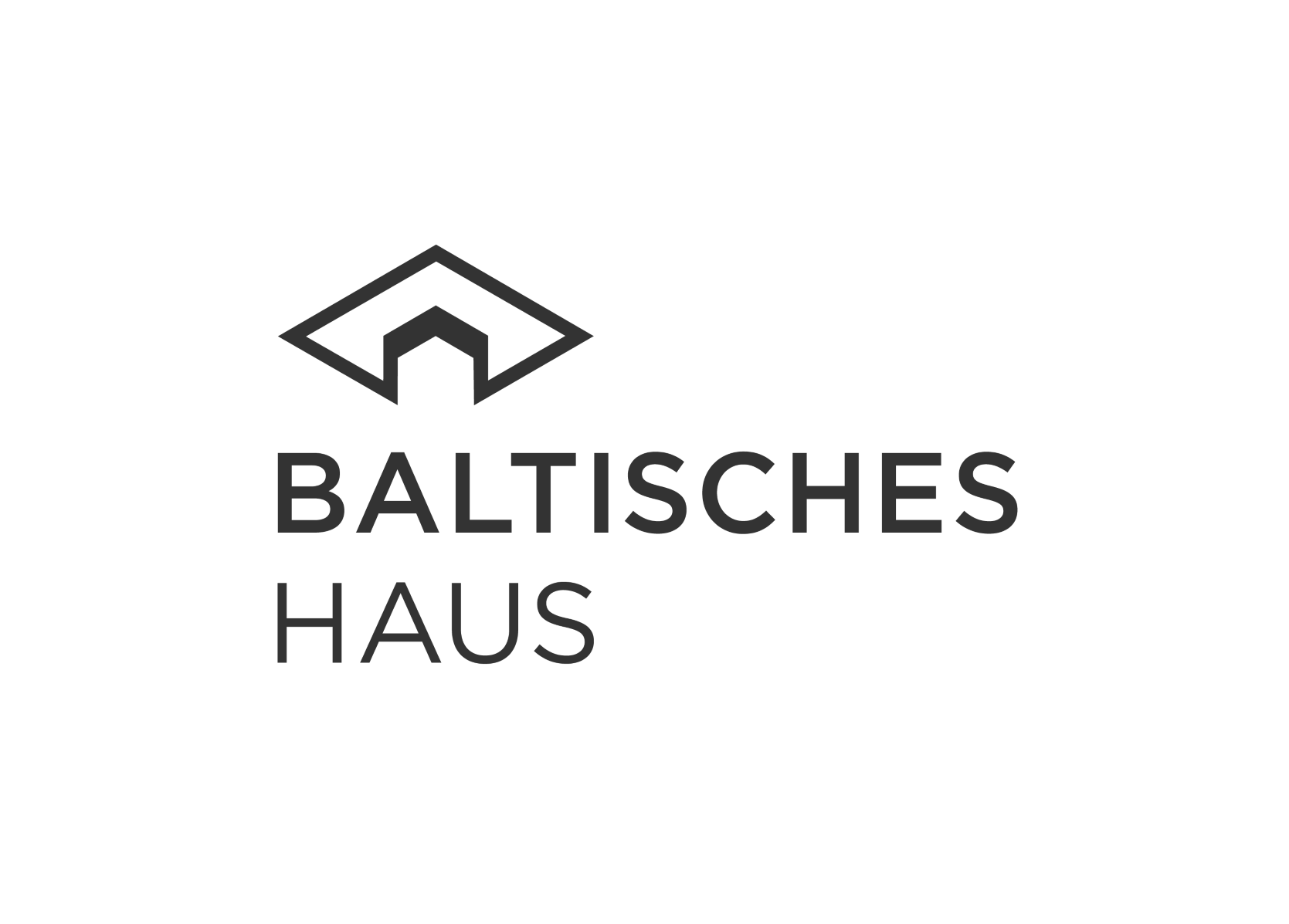
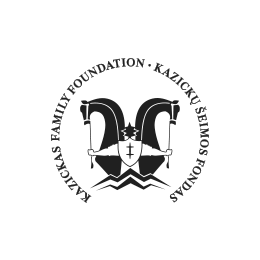
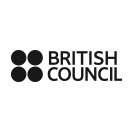
Education for children
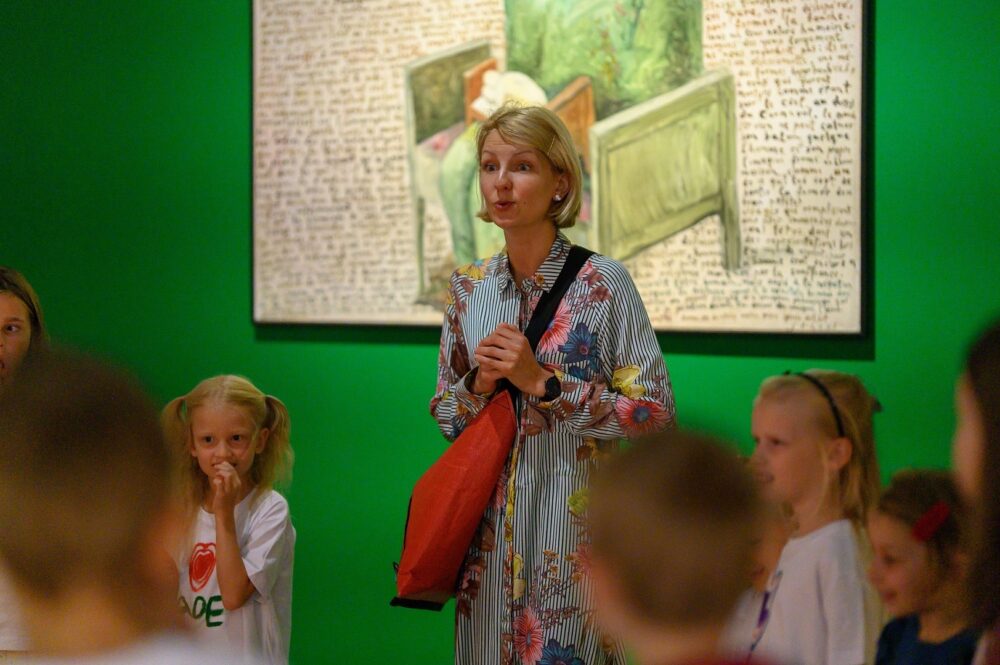
We want people to get used to the idea that the museum is a place for learning. That is why we are trying to break the stereotype that art museums are only relevant in the context of art classes. The museum is a great platform for teaching key 21st century competences: creativity, critical thinking, social and emotional skills.
MO educational classes are tailored to pre-school children and 1st–12th grade students. We have 3 different types of education available:
1. In our emotional intellect development classes, children are taught to recognise their feelings and express them appropriately. The classes help children develop their ability to see a situation from the perspective of another person, and teach them to listen and cooperate. We have prepared the programme together with psychologists from VšĮ Paramos Vaikams Centras (Centre for Child Support).
2. At integrated classes, children can see their usual school subjects – literature, history, biology, English – in a completely different context. Subject programmes tie into the content of the exhibitions, which encourages children to rediscover the subjects and see them outside the boundaries of schools and textbooks. This expands their cultural horizons.
3. Visual thinking education is based on a method developed at MoMA – a perpetual dialogue between the leader and the participants. The conversation is led following a universal system of questions, which allows one to trust what they see, fosters the ability to describe, come up with explanations and provide arguments. The method helps develop creativity, critical thinking and the ability to work and communicate in a team.
Education for adults
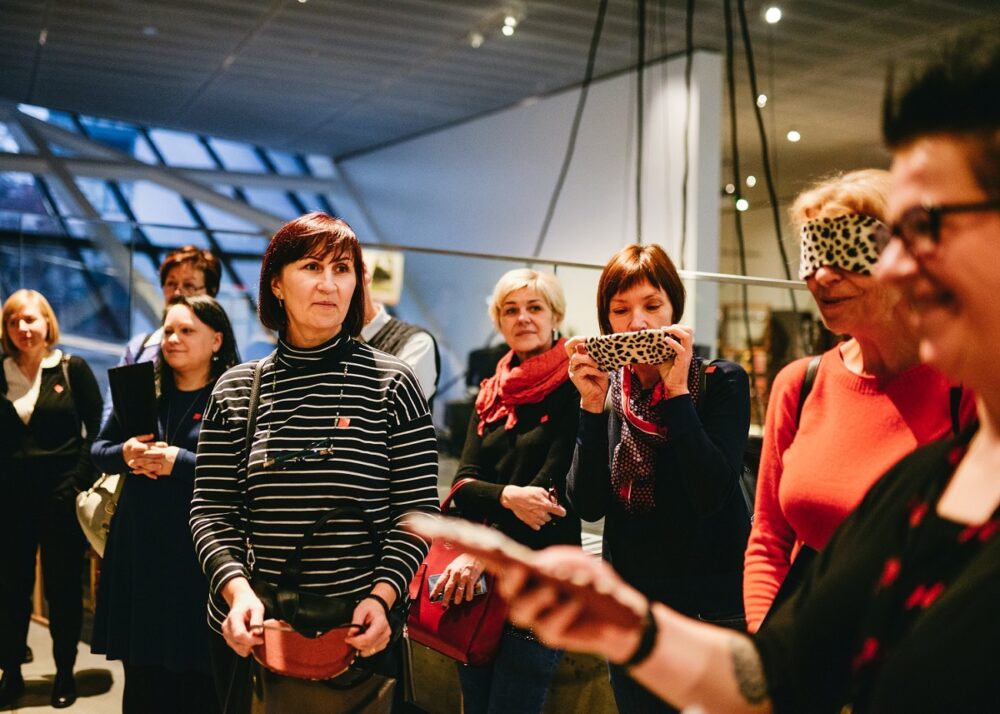
Our aim is to talk about art and culture with everyone in a simple and understandable way, so we organize art education lectures for people with various interests and organize meetings with various artists. Our invitations to interdisciplinary events, performances and film screenings attract a wide audience. For those seeking more profound experiences, we organize visual thinking classes.
The word LEARNING is usually associated with children but I believe that adults should also learn because after all they are the ones teaching children.
VISUAL THINKING STRATEGY
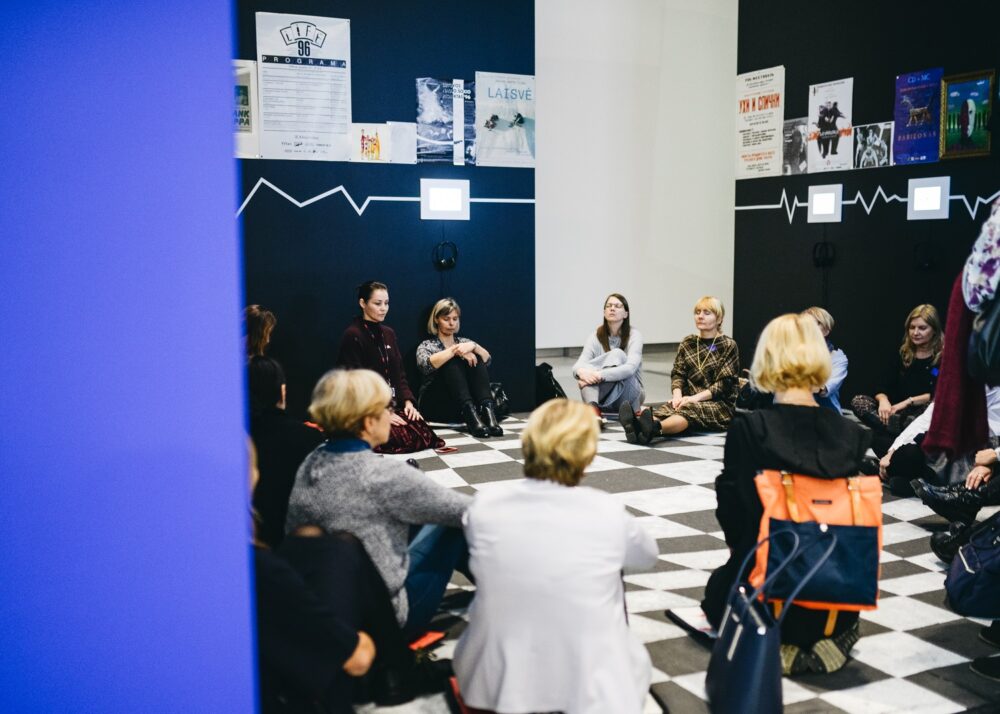
WHAT IS HAPPENING IN THIS PICTURE?
The session might be designed for classes of all age groups: 1–4; 5–9; 10–12.
The session might be designed for adults.
Duration: 90–120 min.
Group size: 15–20 people
“Look and then look again” said Philip Yenawine, founder of the Visual Thinking Strategy – and that is exactly how we start each session. We invite the students to take a good long look at the art work, without prejudice or preconceived notions. We believe that this is the best way to connect to the work and to become curious about it. Later in the sessions we try to relate to each other what we see, sometimes using printed key words, sometimes inspired solely by the students’ comments. What starts out as a word game often results in a lively discussion – because people do see things differently. We search for a common language focusing first on form, composition, colour, materials and eventually: meaning. It can be quit a challenge sometimes to accept different points of view and that is why our mediators are trained to facilitate story telling. Their purpose is to help students construct their own ‘truth” about the pictures and to this respectfully.

The aim of this activity is to create a platform for unique and personal stories but also to use the group’s momentum to inform each other with relevant knowledge about the art. The group’s specific input will challenge our mediators to reach beyond the traditional art-historic interpretation with a fresh outlook on the art every time. This kind of cultural reflection process is an empowering experience for all involved. The time spent at the gallery will likely inspire the students to become more outspoken about culture and more mindful about cultural difference.
The language spoken during these sessions is English or Lithuanian.
PRICE: € 7. The price includes the educational session and the educator.
Additionally, everyone attending the educational session will get a free entrance to the MO Museum’s exhibition.
EDUCATIONAL PROJECTS
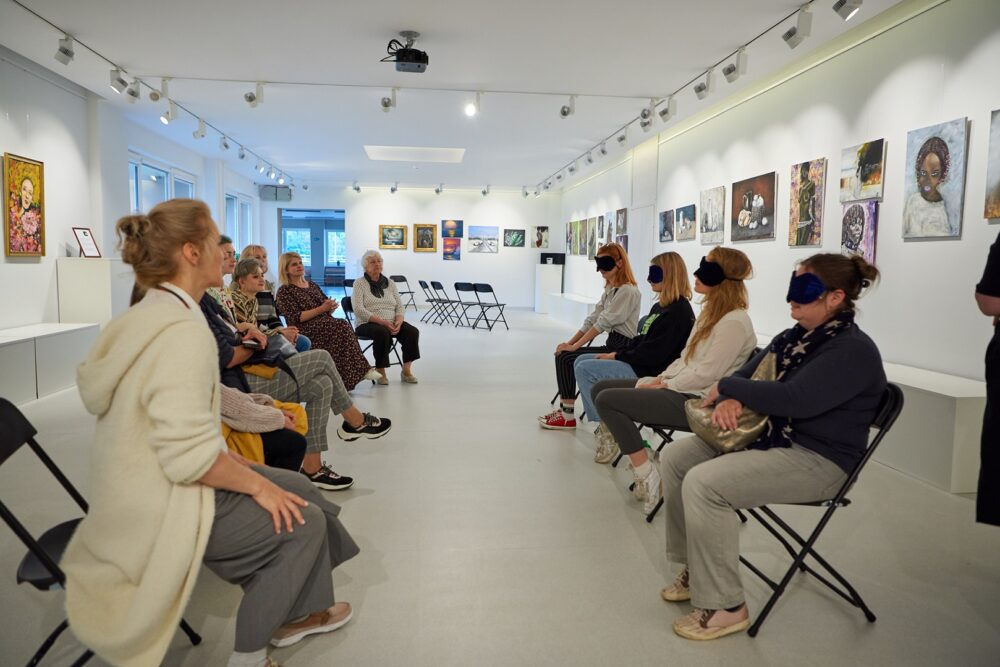
TRAVELLING EDUCATIONAL PROJECTS
EDUCATIONAL PROJECTS FOR SOCIALLY VULNERABLE GROUPS OF YOUNG PEOPLE
EDUCATIONAL PROJECTS TOGETHER WITH BRITISH COUNCIL IN LITHUANIA
- Visual Thinking Exchange Through Art
EDUCATIONAL PROJECTS FOR TEACHERS
- Teacher’s Passport
- Visual Thinking Exchange Through Art: Teachers’ Project